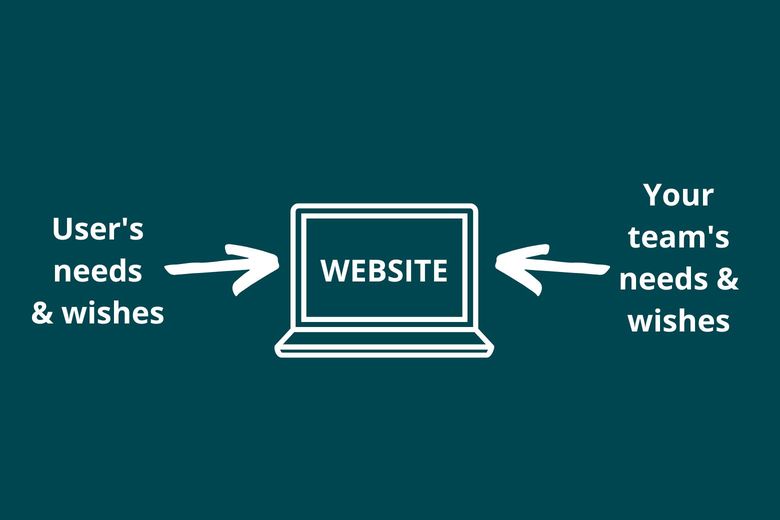
Alex McGibbon23/12/22
7 min read

Empathy doesn’t necessarily spring to mind when you’re about to develop a new system, but it should be sitting at the top of your list.
Before heading into a new website build, for example, if you aren’t able to listen to and understand what your users want, how can you deliver something on point?
In many cases, charities want a new website because of an old patched-up system which is difficult to manage, changes are difficult to make and internal staff are frustrated with it. And that’s totally understandable and a perfectly valid reason for a new build.
But it’s just as important that you also understand how people use your website and what they would want from a new one.
What you need to be considering is:

You need to get under the skin of what users need and want from your new website, and you can do this through a mix of quantitative and qualitative research.
To begin with, it is highly recommended to take a look at your website data to understand:
On the qualitative research front, if you have the time and opportunity, you could begin with an observation exercise - watching and learning how the people who visit your website actually use it, what pages they visit, what frustrations they have, what they like and don’t like or the areas rarely visited.

This can be conducted digitally via user-experience tools such as Hotjar or Mouseflow, which provide insights into how users behave on your site, where they click, how they interact with pages and loads more, but you don’t get the opportunity to ask supplementary questions.
And this is why an interview process is so important.
Conduct face to face interviews where possible - telephone interviews if not - to understand the needs and goals of internal and external stakeholders. This will enable you to map a set of user goals that are based on real world requirements.
Surveys are another potential way of capturing such information but a word of caution here: they can generate answers which responders feel they should give rather than what they actually want or feel.
Interviews are well worth the time and effort as you’re more likely to get nuggets within a conversation when people don’t have the time to think about - and potentially change - their answer.

You tend to get more honesty than within surveys plus you get the opportunity to ask supplementary questions and go deeper with specific topics.
A useful tip on interviews: avoid filling the silence yourself. If there’s a pause after you’ve asked a question it’s often the case that it’s well worth waiting for the answer - don’t be tempted to try to prompt the person you’re speaking to because you’re unlikely then to get the true answer in their own words. And that’s the gold you’re after.
Obviously, bear in mind that you’re never going to be able to speak to all of the people who use your website so you’ll not get all of the answers from this research.
A very important aspect to keep front of mind is accessibility so make sure that you’re speaking to the range of people who’ll end up using your site.
You’re aiming to get a sense of what certain user types want and need and you’ll then need to exercise some lateral thinking to build your website requirements.
If an interview with a beneficiary throws up that they need information in one particular area, how can this be applied consistently across other areas of value?
And if one says that they only read text to access valuable content, consider how other users might want to see that in video or audio format.
So if you are heading into a new website project, make sure you’re speaking to all stakeholders to build a rounded picture of what needs to be developed.